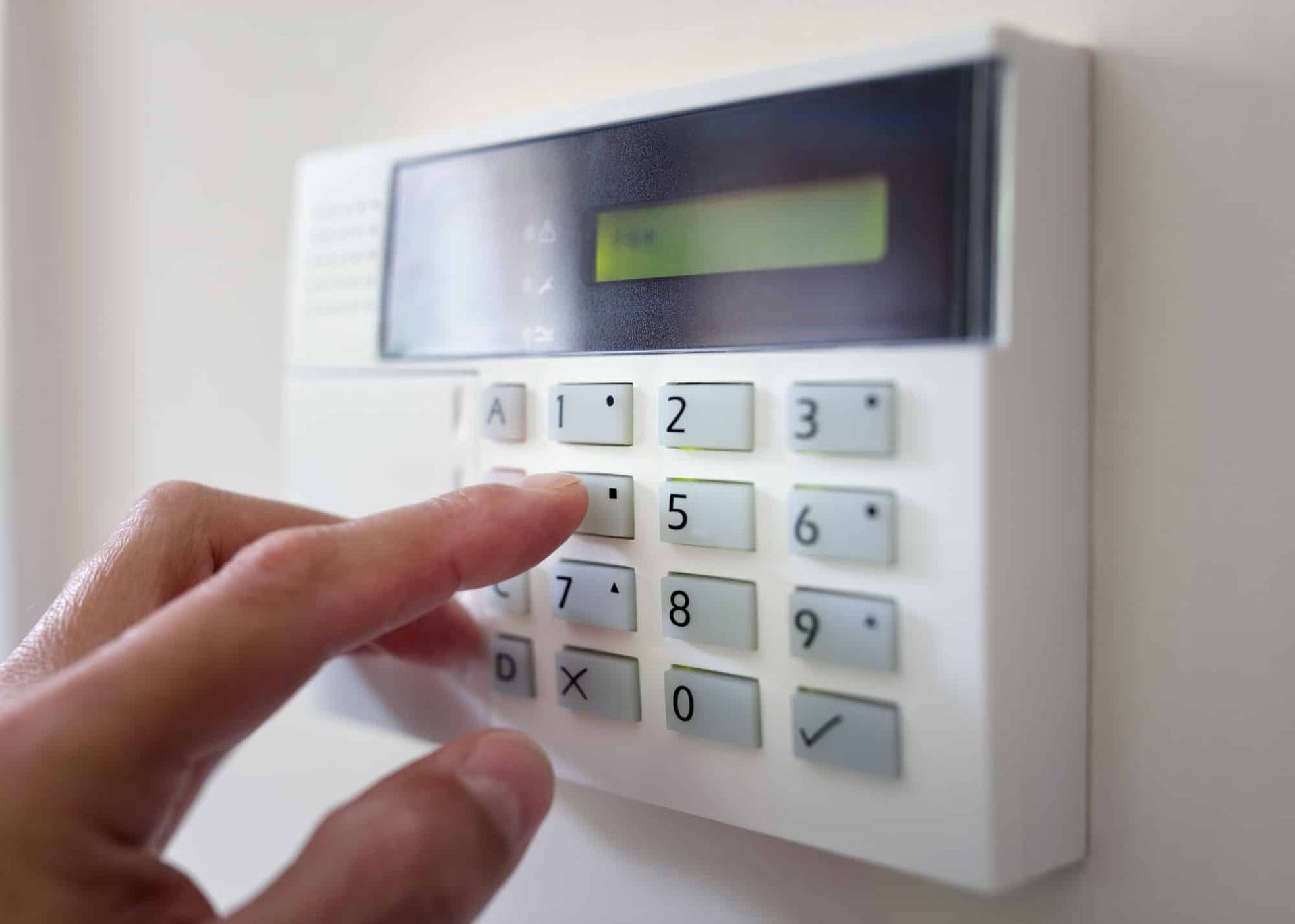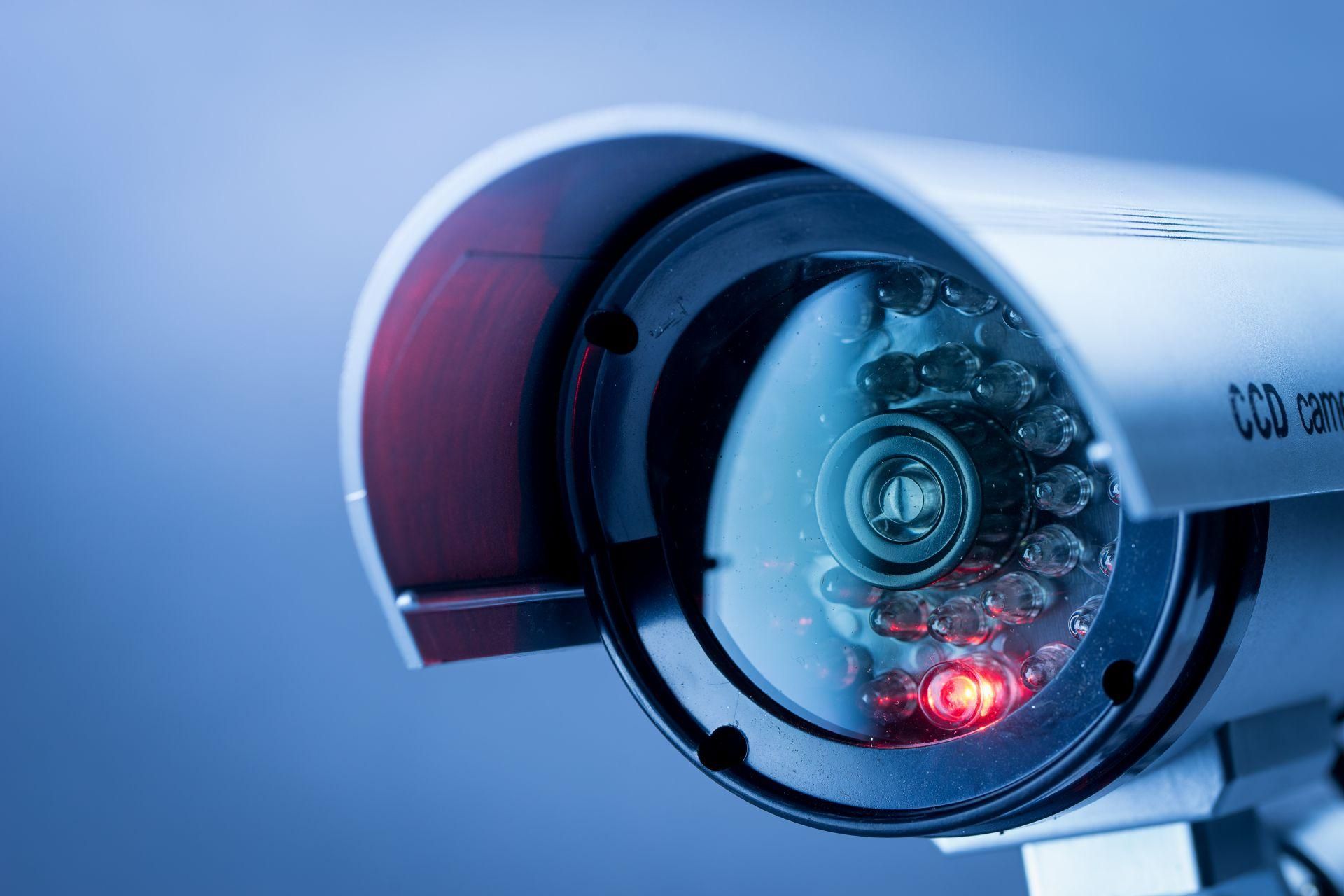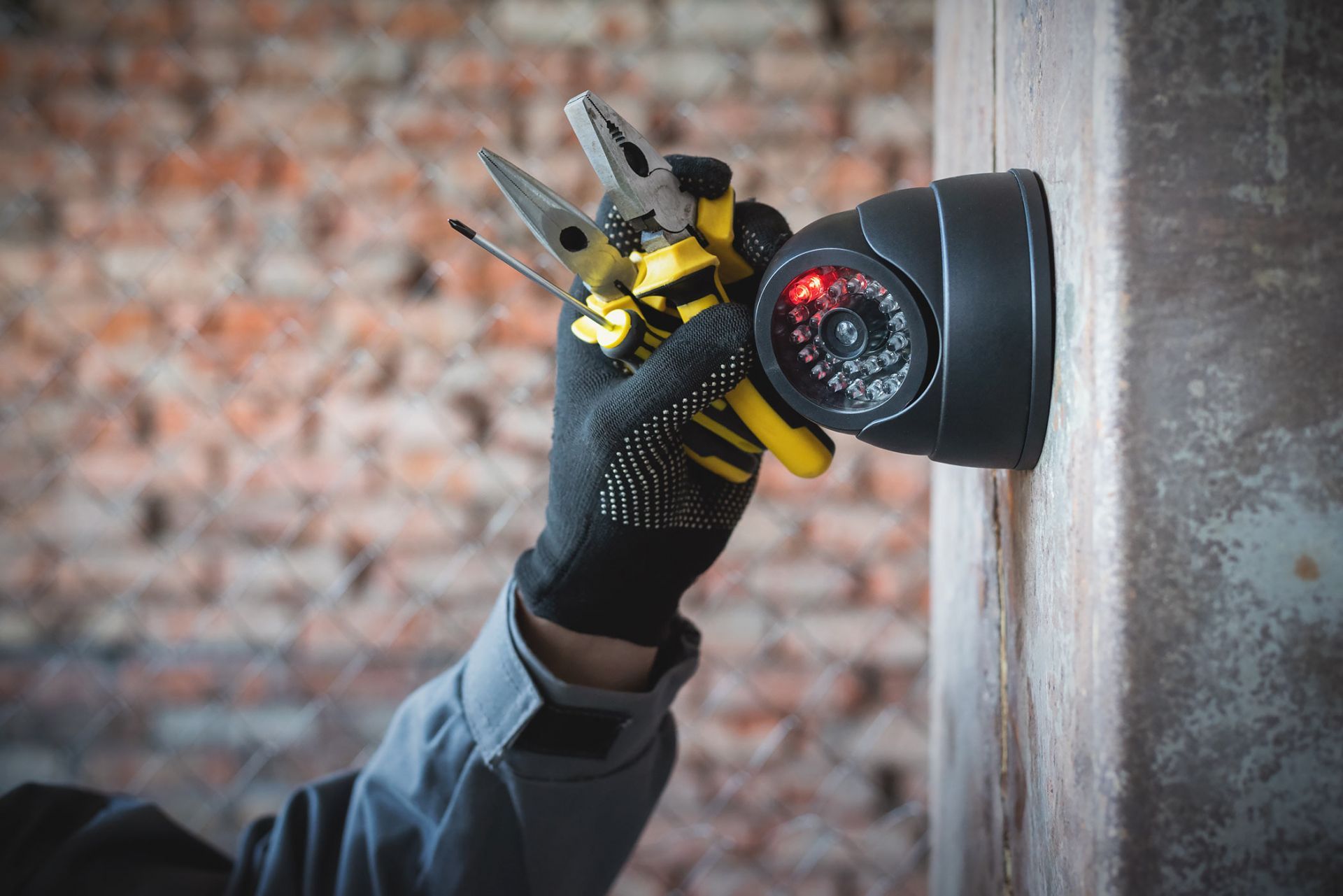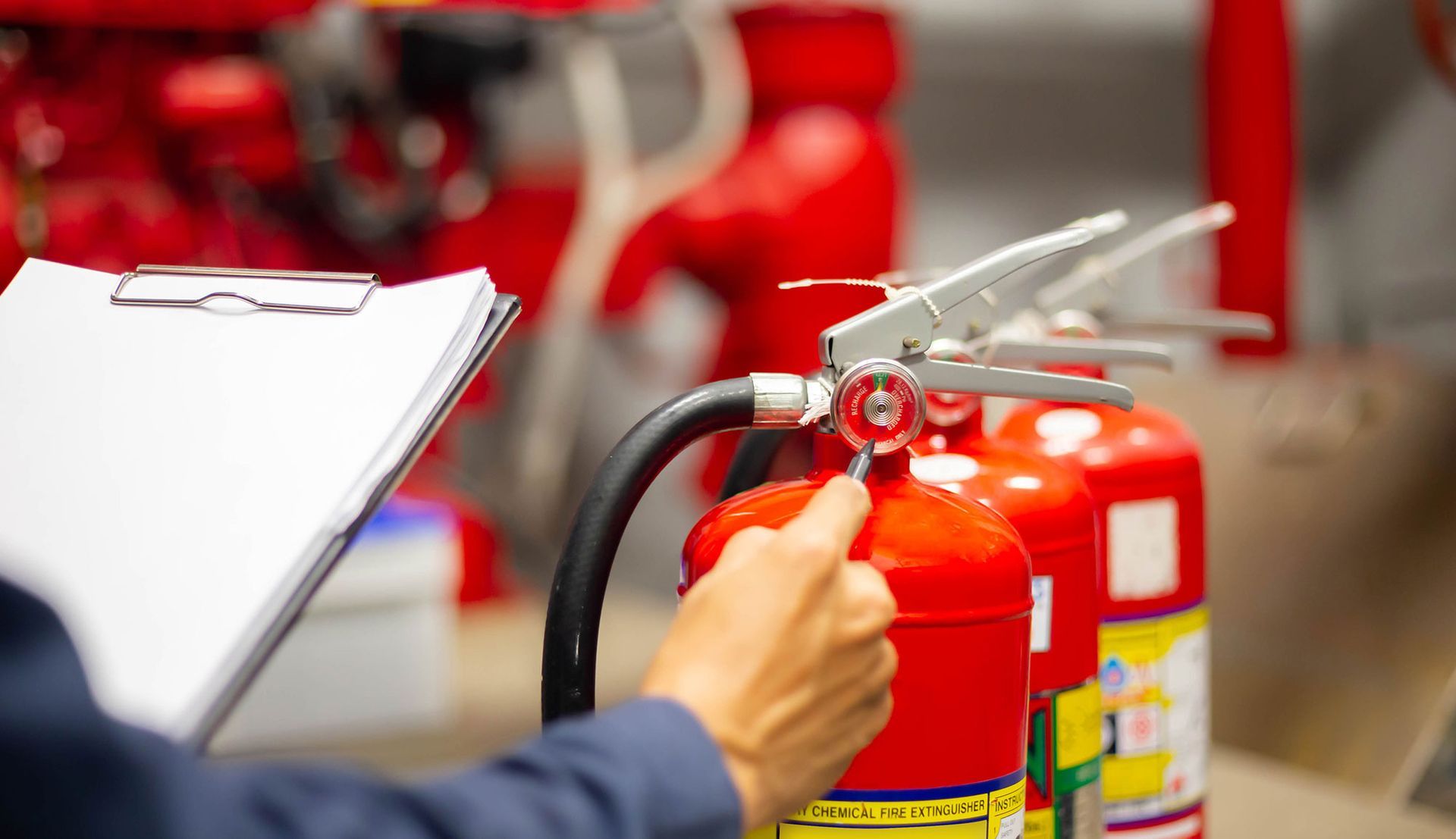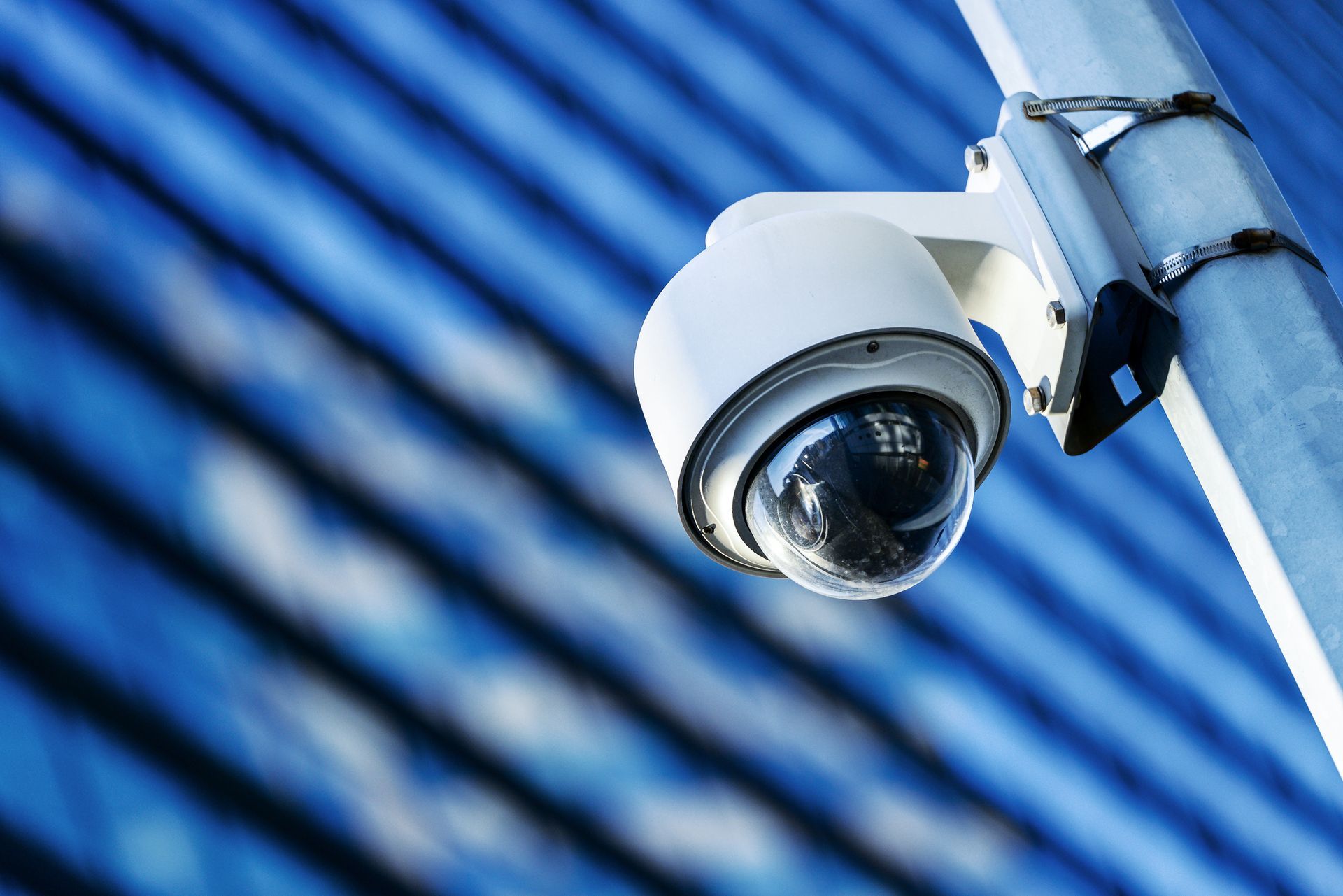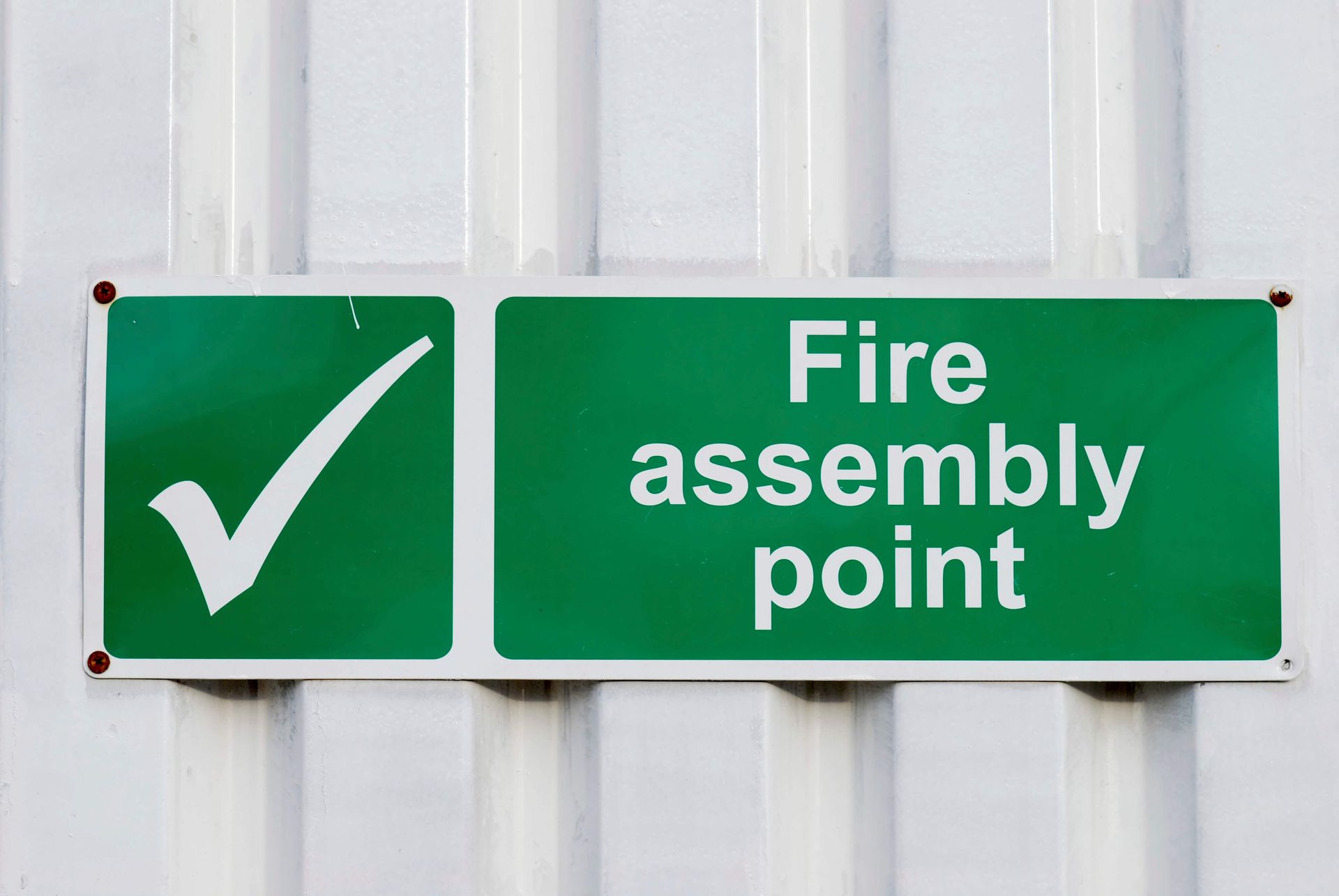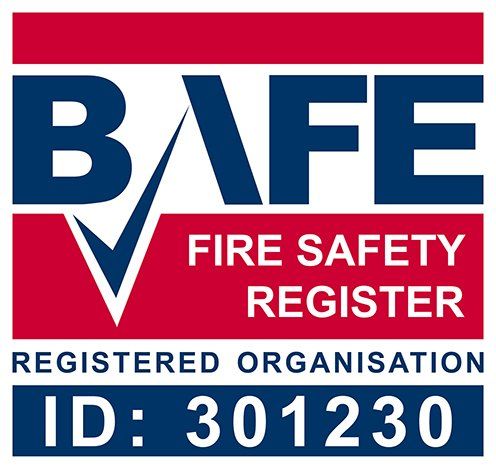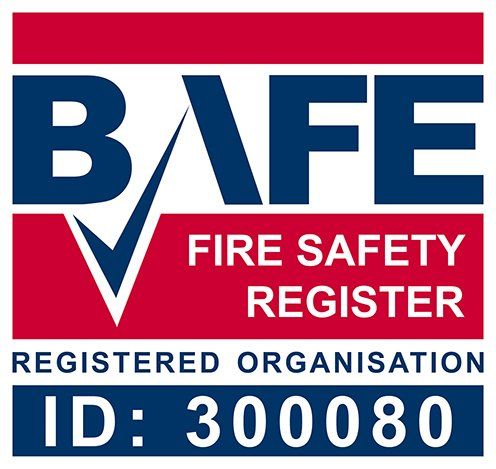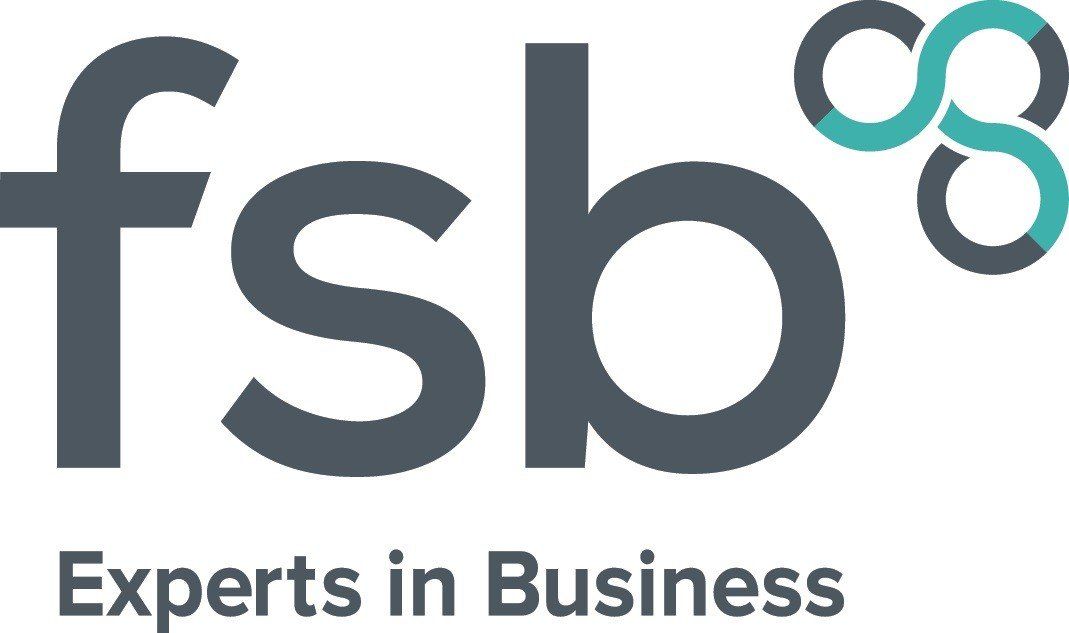A Brief Guide to the Different Types of Fire Extinguishers
Ace Fire And Security Equipment • 13 March 2020
With six classes of fires and different types of fire extinguishers to tackle them, it’s important that your business premises has the right one to abide by current fire safety regulations. In this blog, we briefly explore the world of fire extinguishers and where each one fits in terms of fires.
Classes of fire
● Class A - fires involving organic solids like paper, wood, fabrics etc
● Class B - fires involving flammable liquids
● Class C - these involve flammable gases
● Class D - involving burning metals
● Class F - these involve fats such as those used in deep fat fryers
● Electrical fires (displayed with an electric spark instead of the letter E) - fires caused by electrical equipment
Types of extinguishers
Water - labels that are red or red with a white background
There are three water extinguishers in this category:
● Water extinguisher
● Water spray (water with an additive)
● Water mist (deionised water)
Water extinguishers are mostly used for class A fires. However, a water mist can also tackle flammable liquids and flammable gases (B and C) and even fires from deep fat fryers (F), because they’re filled with deionised water and can be used on electrical fires up to 1,000 volts, as long as the safety instructions are adhered to. Water and water spray should not be used on electrical or fryer equipment though.
Powder - blue label
There are two powder extinguishers in this category:
● Powder
● Dry powder
Both are known as ABC extinguishers, as they can be used on paper, wood, fabrics, flammable liquids and gases. Dry powder extinguishers can also be used on combustible metals such as lithium, magnesium, sodium and aluminium. However, be careful when it comes to choosing one for your business and read up on which powder extinguisher suits your premises.
Foam - cream label
These are most commonly used for class B fires including paint and petrols. However, as they are water-based, they can also be used for class A fires. They have a foaming agent so that the foam can float on top of the burning liquid, breaking the interaction between flame and fuel surface.
CO2 - black label
These extinguishers are absolutely necessary for electrical fires as water based extinguishers would only react with the electrics and make it worse. Carbon dioxide essentially suffocates the fire, removing the oxygen, but care must be taken to not asphyxiate a person if used in a confined space.
Wet chemical - canary yellow label
Wet chemical extinguishers are best for class F fires that involve cooking oils and fats, but are usually not suitable for class B fires involving liquids like petrol. They contain potassium acetate to create a counteractive layer of foam against the burning oil and will spray out as a mist to cool the flame.
Whatever fire extinguishers
you opt for within your workplace or commercial building, you need to ensure you pick the right one for you and know how to use it. For more information about fire safety and extinguishers for your business property in Plymouth and surrounding areas, contact
Ace Fire & Security today.


